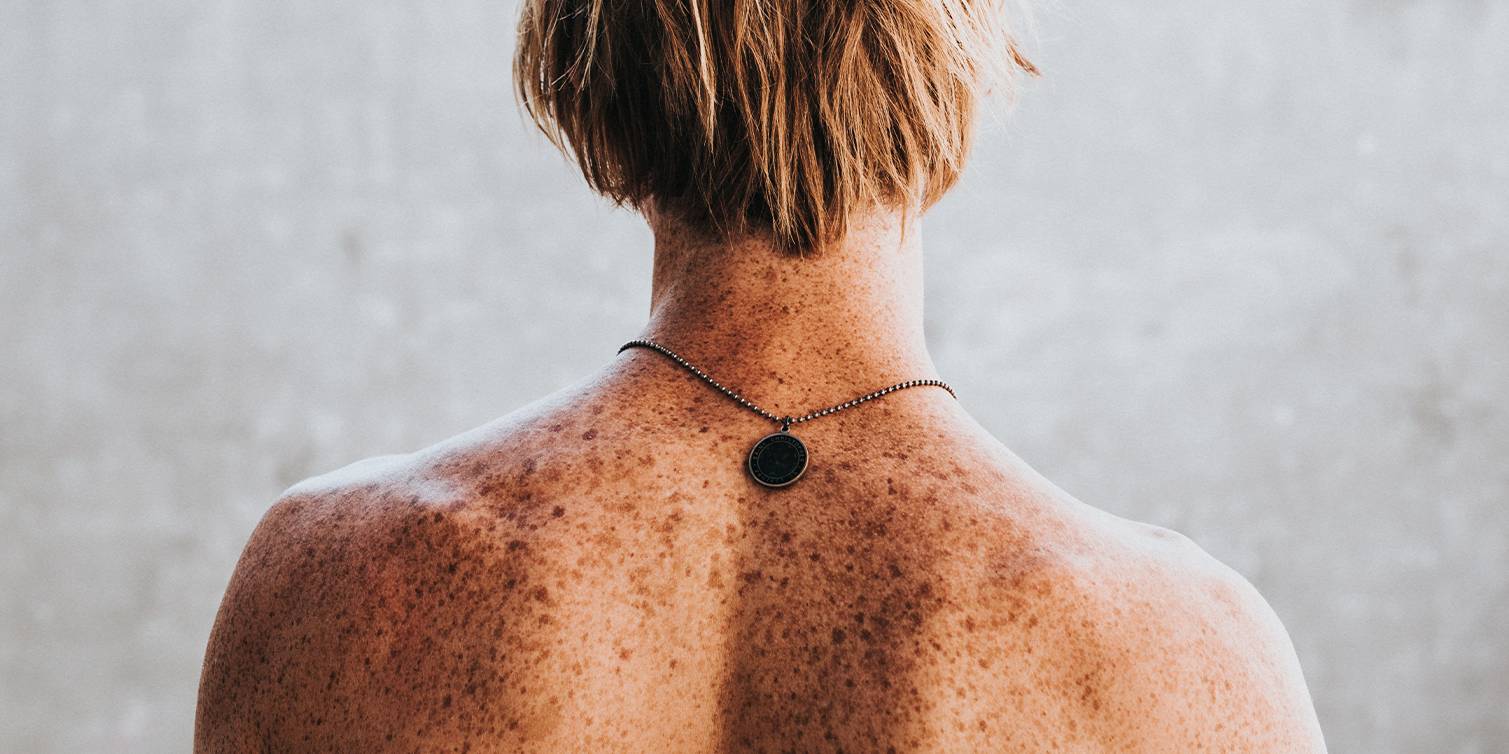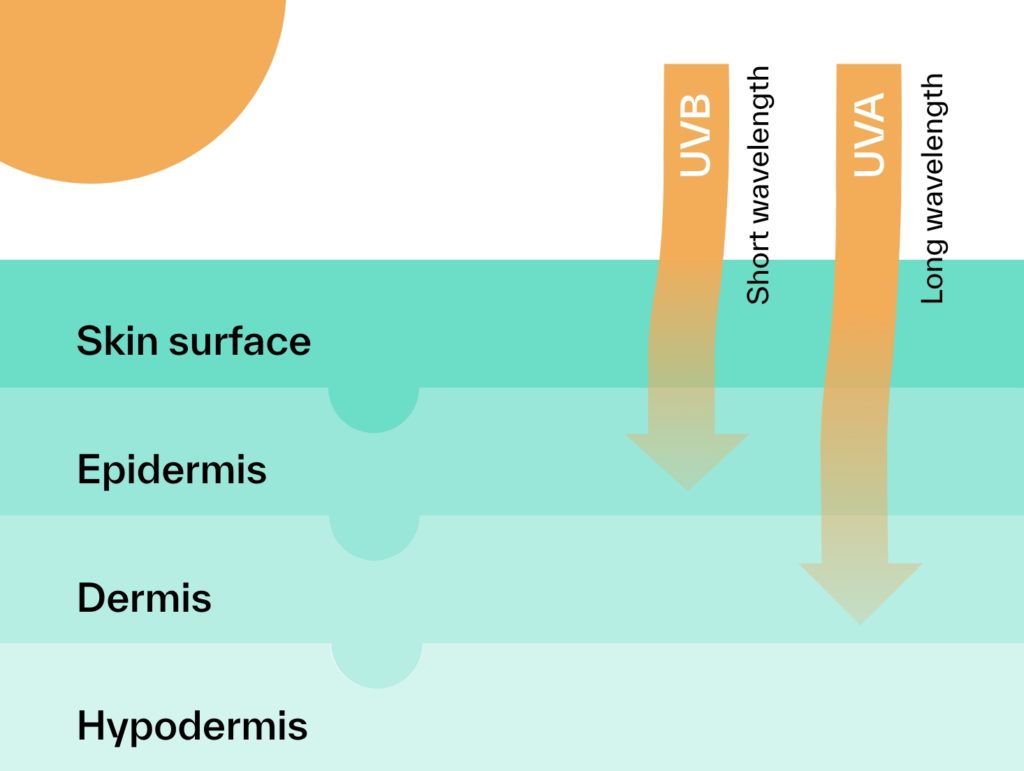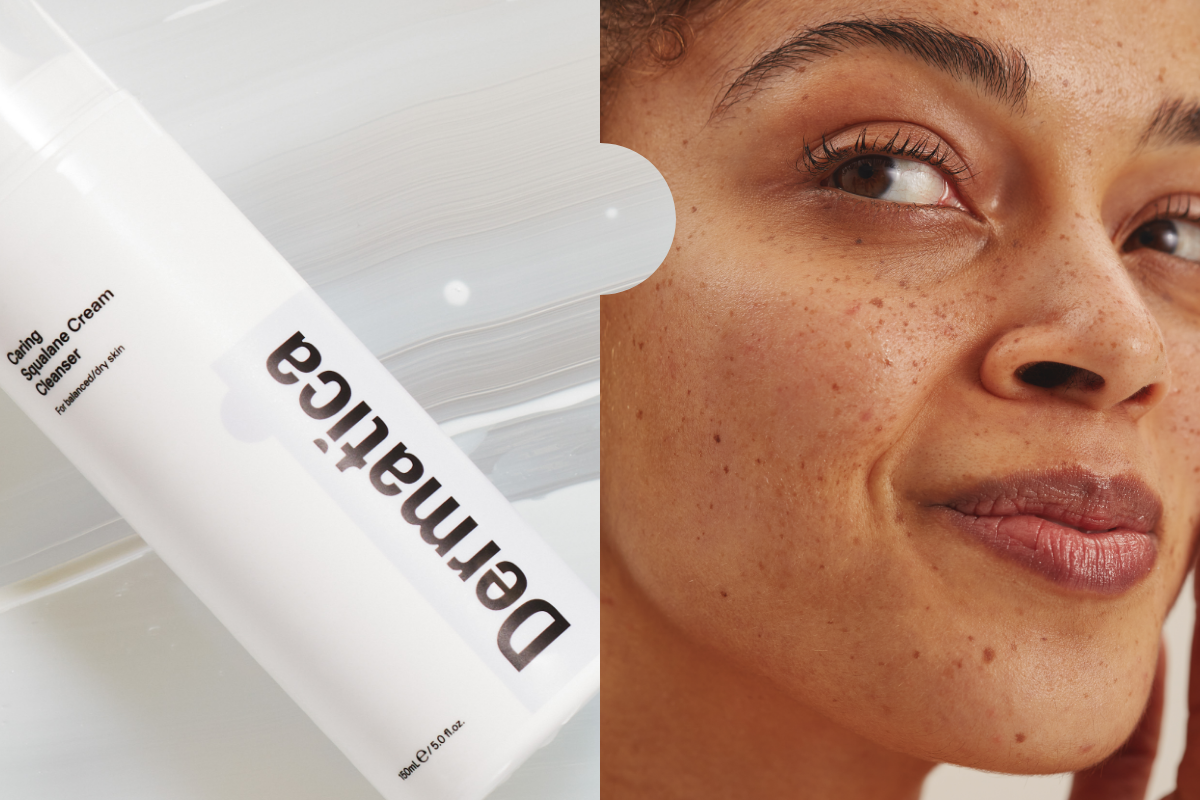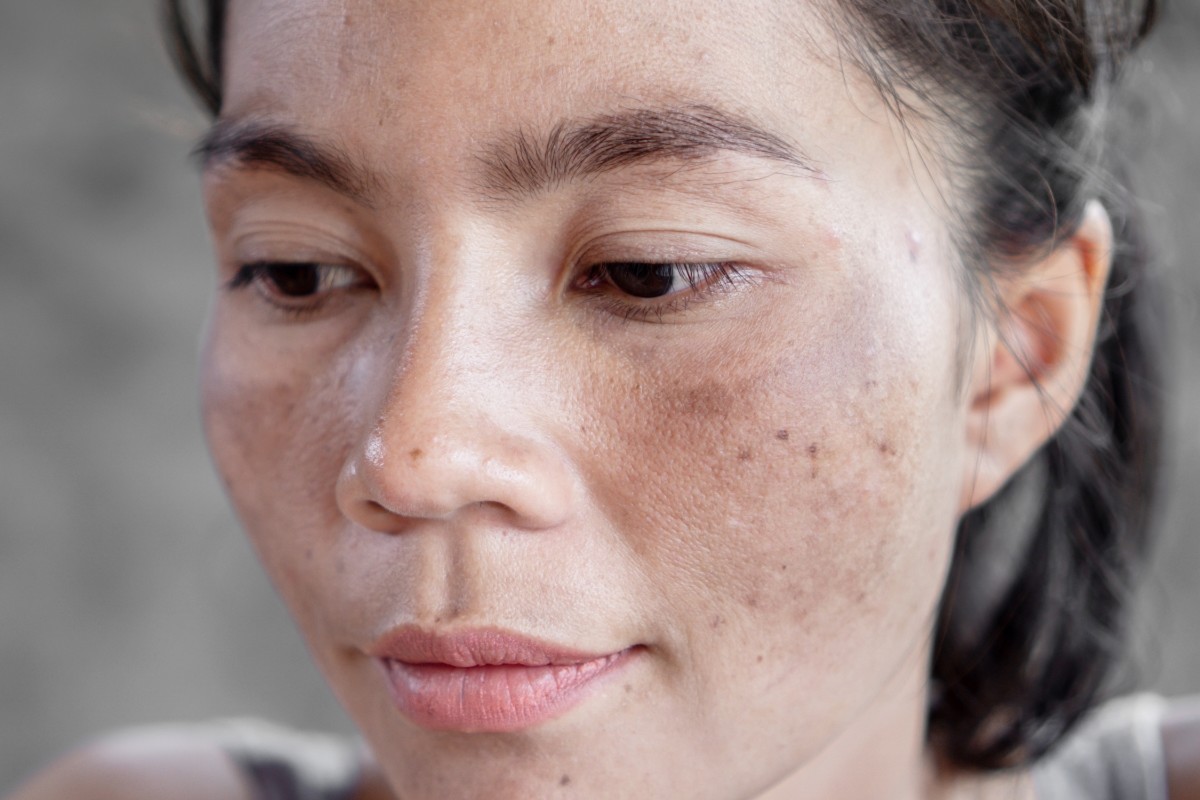You’re probably heard about the importance of protecting your skin from the sun’s UVA and UVB rays. But what’s the difference between them, and why exactly does it matter? Let’s break it down and decode the differences between the two, so you can choose the best protection for your skin, all year long…
What is UV?
UV stands for ultraviolet, a type of energy emitted by the sun and sunbeds. UVA and UVB are simply two different types of UV: ‘Type A’ and ‘Type B’. You may find it helpful to think of A as ageing and B as burning, but that’s not the full picture…
UVA and UVB: The key facts
First up, UVA is almost everywhere! It makes up to 95 percent of the UV radiation that reaches the earth, even penetrating windows and cloud cover. We’re all exposed to high levels of UVA rays throughout our lifetime, so it’s important to protect yourself from it daily, even if it’s cloudy or you’re staying indoors.
Unlike UVA, UVB can’t damage your skin through glass, but that doesn’t make it any less dangerous. In fact, UVB is more likely to cause burning, meaning it’s extra important to protect yourself from these rays if you’re going outdoors in the sun. It can be harmful all year round, especially at high altitudes or when reflected off snow and ice, but its intensity fluctuates throughout the day. These rays are strongest — and pose the highest risk to you — between late morning and mid-afternoon from spring through to autumn.
Science: UVA & UVB
The key difference between UVA and UVB all comes down to wavelengths.
UVB rays are stronger and shorter, damaging the outer layers of your skin, which is why they’re largely responsible for sunburn and redness.
UVA wavelengths are longer and can reach the deeper layers of your skin, causing long-term effects like wrinkles, pigmentation and tanning.
It was once thought that to stay ‘safe’ from the sun, you could protect yourself from UVB with sunscreen and only expose your skin to UVA — that’s why most sunbeds are UVA-only and why early sunscreens only protected skin from UVB rays. Experts now unequivocally agree that both are a definite danger to skin, with the potential to cause skin cancer.
So how do you stay protected from them?
 UVA and UVB protection
UVA and UVB protection
To defend your skin from UVA and UVB, look out for a ‘broad spectrum’ sunscreen, which will help protect your skin from both. At Dermatica, we recommend a minimum of SPF 30 or higher. Wear it every day, all year round, and reapply it at least every two hours — especially if you’re swimming or sweating. For more on how to get the most out of your SPF, read our recent article.
Remember, no sunscreens block all UVB rays — SPF 30 will only protect you from around 97%. Other protective measures include UV window film for your home or car for further protection, and staying covered up in the sun by wearing a hat, sunglasses or protective clothing.
Want to know more? Head to your dashboard to speak to one of our dermatology experts. New to Dermatica? Sign up today.
Dr Lynn Sydor
Dr. Lynn Sydor is a board-certified dermatologist with 30 years of experience in the field. Dr. Sydor is a member of the American Academy of Dermatology, the California Society of Dermatology and Dermatologic Surgery, the Pacific Dermatologic Association, and the California Medical Association.


 UVA and UVB protection
UVA and UVB protection

